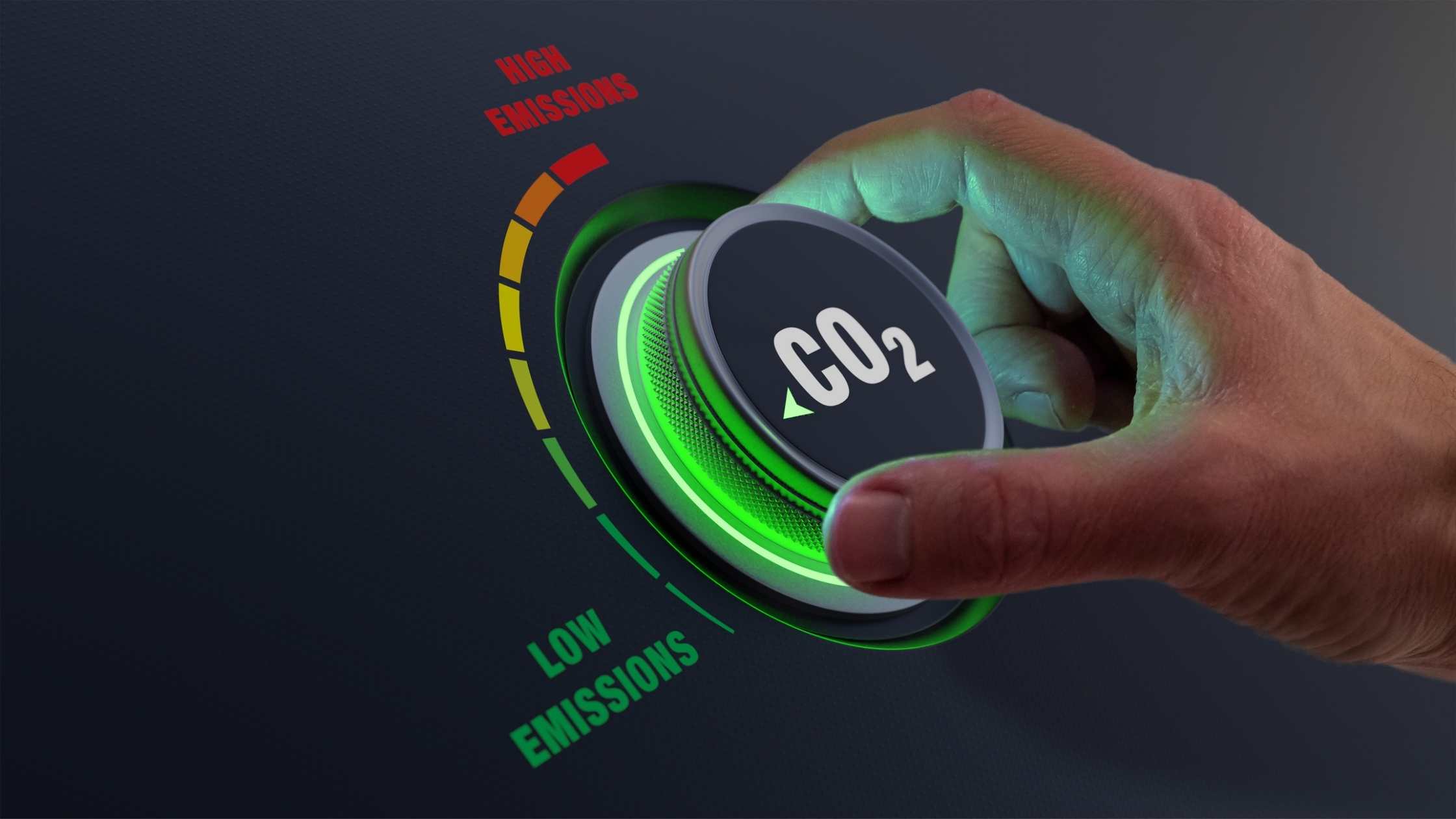October 30, 2024
Valuing life with a climate change countering motto ‘save our planet’ ambitions remain on top priority for the world, enabling action at COP29 hosted by Baku for 2024. COP29 President-Designate letter describes the 2024 UN Climate Change Conference in Azerbaijan as “a litmus test” for the Paris Agreement, global climate action, and cooperation, with a new collective quantified goal (NCQG) on climate finance as its “centerpiece” with an active engagement of global, regional, national, and subnational groups by adopting an advanced “holistic view” of sustainable development with an exclusive process that delivers inclusive outcomes. At COP29, the participating countries will be further reporting on their respective actions post COP28 and reaffirming their commitments towards climate change objectives while exploring opportunities. Diversified Partnering Options Vietnam signed the Just Energy Transition Partnership (JETP) on 14 December 2022 with G7 countries and as it maintains momentum, there are challenges pertaining to mobilization stream when it gets elevated considering economic instability posed to due fluctuating global economic and security dynamics. On one hand, Vietnam focusses on integrating the local industry as a trend towards its Industrial Revolution 4.0, while modernising and digitalising the power systems and networks by embracing smart technologies. In its green journey the country acknowledges and emphasize on the importance of integrating renewable energy sources such as wind, solar, and hydropower when in parallel it promotes its energy security with other sources of electricity generation. On the other hand, financing remains a riddle that is yet to be solved. Although, international commitments, green funds, bonds, and credit sources are in abundance to ensure a sustainable energy transition, but bankability consistently... March 9, 2023
With the global concern on Climate Change and the need to reduce the use of fossil fuels such as oil and gas as the source of energy because of its negative impact towards the environment, there is a need to move towards renewable energies and more environmentally friendly fuels. One form of energy which is being advocated is Hydrogen. Based on the source and production process, Hydrogen is commonly classified today in three categories – Grey Hydrogen, Blue Hydrogen and Green Hydrogen. Grey Hydrogen is sourced from natural gas and is produced by a method called steam methane reforming which emits large amounts of carbon dioxide. Blue Hydrogen is produced the same way as Grey Hydrogen but the carbon dioxide is captured and stored under the Carbon Capture Utilisation and Storage (“CCUS”) methodology. Lastly, Green Hydrogen is produced by the electrolysis of water which splits water molecules into oxygen and Hydrogen using renewable energy such as solar energy, wind energy and hydroelectric energy1. Hydrogen in Malaysia In 2001, Malaysia identified Hydrogen fuel cells as a priority research area and R&D funds were allocated. A Hydrogen road map was formulated in 2006 and a blueprint for fuel cell industries in Malaysia was published in 20172. PETRONAS has conducted studies with academic institutions on the production of Hydrogen from biomass waste3 and from water through electrolysis which resulted in the development of the PETRONAS Advanced Proton Exchange Membrane (PEM) Electrolyser4. PETRONAS has also collaborated with commercial entities such as ENEOS Corporation (ENEOS) on Hydrogen production and its transportation in methylcyclohexane (MCH) form and IHI Corporation and TNB Genko on Hydrogen and Ammonia... March 9, 2023
Circular Economy And How It Works Circular economy (‘CE’) is one of the solutions to climate change, biodiversity loss, waste, and pollution.1 It is a resilient system that is good for business, the environment and mankind as it decouples economic activity from the consumption of finite resources.2 CE is based on three principles, eliminate waste and pollution, circulate products and materials and regenerate nature.3 Similar to recycling, the CE also has its cycles to achieve the three principles. There are two main cycles, the technical cycle, and the biological cycle.4 The technical cycle is when products are kept in circulation in the economy by way of reuse, repair, remanufacture and recycling.5 Biological cycle is when the nutrients from biodegradable materials are returned to Earth through composting or anaerobic digestion.6 In short, CE is recycling so no materials go to waste. The Need For Circular Economy The concept of CE speaks for itself. With the rapid growth in popularity and increased demand for raw materials, there is an urgent need to prevent further damage to the planet and ultimately aim to restore our planet. Additionally, with finite supplies means that countries are dependent on others in the importation of raw materials.7 Focusing on the live and pressing issue in Malaysia, ever since China banned plastic imports at the start of 2018, Malaysia has become the world’s top destination for global plastic waste for recycling.8 Additionally, there is also the bulk stems from domestic consumption of single-use plastics.9 In fact, Malaysia is one of the fastest-growing and developing countries even with the impact caused by the Covid-19 pandemic.10 Naturally, such rapid development of manufacturing industries will cause pollution and... September 21, 2022
INTRODUCTION 2023 will be a year of substantive climate change action as all EU market participants (EMPs) and China market participants (CMPs or together Financial MPs) will be accountable to comply1 with a plethora of rigorous and exacting disclosure requirements on how they are managing emissions. Given that China has been the largest CO2 contributor for the last decade2 and consistently responsible for nearly a third of the world’s emissions3 since 2018, it is in the best position to improve the global trajectory. The table below shows the top carbon emitters by jurisdiction. Accurate emissions measurement matters, given that significant change is required to adjust the current direction (shown below) and avoid impending issues caused by global temperature rise. This article describes the complexity of emissions measurement among multinational corporates in China and their related investment community, given the dynamic multi-jurisdictional regulatory landscape. It then demonstrates the current issues and concludes with a practical means to navigate them. GLOBAL REGULATORY MOVEMENT As mentioned, China and the EU have established significant systems (i.e., regulations and carbon measurement via their Emission Trading Systems (ETS)) that require immediate action from FMPs to meet 2023 mandatory reporting requirements. 2023 compliance deadlines should be feasible, given the impetus began in 2015 via COP214, where leaders5 pledged to have strategies implemented within five years. However, most regulatory announcements occurred around the five-year mark (2020) and have accelerated since. Most critical are the major emitters.6 Among them, the EU and China7 have made the greatest regulatory strides. Accordingly, FMPs in these markets are facing an imminent and arduous compliance feat. For example, in March 2020, the... Upcoming Events
Recent Past Events














